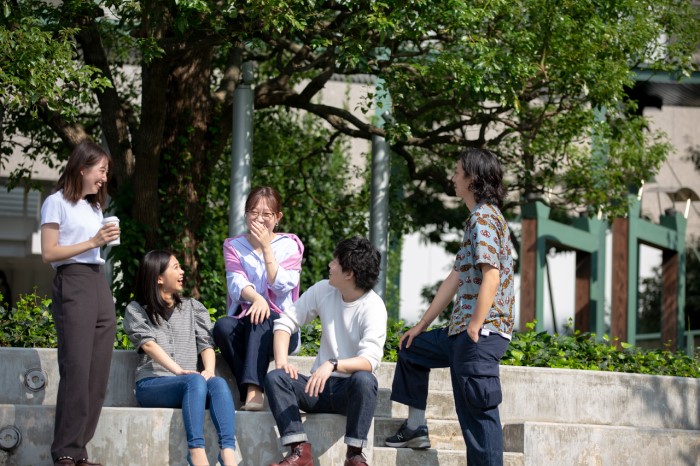
Since the start of the pandemic, there have been many world changes. Japan has also changed significantly since then. For example, remote work was uncommon for most Japanese workers. Due to the state of COVID infections, Japan has entered multiple states of emergencies since the first on April 7th, 2020. This state of emergency prompted many workers to work from home, and the only people working on-site were essential workers like those in the medical field.
#StayHome Products
At first, many workers struggled to create comfortable work spaces in their home. This is partly because Japanese homes are considerably smaller than the homes in other countries. Due to this, there has been a surge of work from home related products such as the AirPods Pro to increase comfort during online meetings, and ring lights to give the best face lighting, and luxury desk chairs for better posture. Products weren’t just work-related, but brands like Nintendo continued to promote Switch games that encourage physical activity to promote physical health. The games could be enjoyed together with family and friends which was also a big part of the messaging. Alcohol brands pushed messaging along the lines of enjoying a drink while at home.
Changes in Consumption after COVID-19
Around 2015, the Japanese market saw the Gen Z consumption trend known as experiential consumption (in Japanese: コト消費), where Gen Z consumers would much more interested in experiences than purchasing products. This consumption trend changed remarkably after the pandemic due to quarantine as consumers were now starting to purchase more luxury products than before as well as joining virtual events.
To make up for the experience, consumers were putting in orders for local foods of other countries. TV shows, magazines, and web media also started featuring delicacies of other countries. Virtual travel events grew in popularity, and HIS, one of the major travel agencies, has offered over one thousand virtual trips. In addition, the virtual event market scale expanded to about 45 billion yen according to the following survey. What all of this suggests is that consumers are willing to experience virtually to make up for the inability to go outside.
As of the end of November 2021 more than 70% of the population have received their second dose of the COVID vaccination. Even if the risks of the virus variants exist, many consumers are still willing to experience more than just virtual events looking towards 2022. According to the following survey from the Prudential Gibraltar Financial Life Insurance Co., LRD, what people wanted to do most next year was travel.
In conclusion, the new normal that has been speculated will start to show itself more around 2022. Japanese consumers will tend to spend more in the upcoming year meaning an increase in business opportunities.
